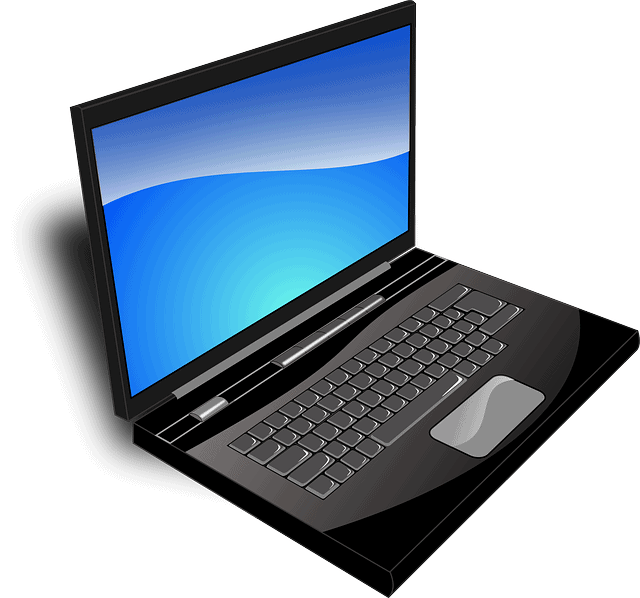It is incredible how the technology we have in this day and age allows us to communicate, work, transfer money, and do virtually everything online. With the world forced to pause or limit physical contact, technology has done immensely well to keep tons of companies afloat and others ahead.
Chances are you’ve had a Zoom meeting at some point during the last few months. If so, you know how useful webcams are. Webcams are devices that transmit images and video in real-time through an internet connection. Webcams are generally small, and you can place them on your computer monitor. However, nowadays, you get laptops with in-built webcams.
Unlike back in the day, companies conduct job interviews online using a webcam and a mic. Event managers, musicians, lecturers, teachers, etc., also use webcams for live streaming or recorded sessions.
As you may have guessed, you need a stable internet connection and time for a soundcheck or mic test to make sure everything is running flawlessly. If you are new to webcams and want to pick one up, this guide is for you.
What are the different types of webcams?

The early webcams were small and rendered very low-resolution images due to poor data transmission. However, that has significantly improved. The early cameras had a connecting cable, a small focus device, and support to hold them in place. You had to place them carefully to ensure they captured the images correctly.
Also, you would have to buy separate mics and external audio recorders for sound as those cameras did not have them built-in. Before you head to your nearest store to pick up a webcam, you may want to read ahead to find out the different types of webcams you can choose from.
Standalone Webcam
Standalone webcams are external webcams that were used before integrated webcams came about. As mentioned, they had a cable that you had to connect to your computer or laptop. The great thing about external webcams is that you can place them anywhere you want to. You do not have to change your position to get the right image or angle.
Also, the images and videos that external webcams render are far better than those that embedded webcams render. Of course, the webcam model you buy determines the image or video quality.
While a couple of extra cables on your desk may be a hassle, external webcams pack more advantages than they do disadvantages. You could pick up a webcam with an in-built mic. However, you are better off with an external webcam and an external mic.
Embedded Webcam
Embedded webcams are also known as integrated or in-built webcams. Laptops come with embedded webcams. Since it is not always practical to carry a standalone webcam, your next option is using an embedded webcam. As far as quality goes, it depends on the quality of the laptop you plan on picking up.
As you may have guessed, higher-end laptops tend to have high-quality webcams. Some laptops come with two webcams and are known as dual webcams. One webcam is used to capture images while the other is for video.
The downside to these cams is that you cannot adjust the camera to the angle you want. Instead, you will have to reposition yourself to fit the frame.
Network Cameras
The primary difference between network cameras and conventional webcams is that data transmission happens via a wireless network or ethernet.
Network cameras are mainly used with closed-circuit surveillance televisions. They are known to make an excellent choice for premier video conferencing setups. Considering the high-end specifications that network cameras exhibit, you can expect them to cost more than the average conventional camera. However, you can expect to get your money’s worth if you have a stable internet connection.
What to keep in mind when you buy a webcam
You probably know that performing a webcam test before you buy one is vital. However, there are a few other things you ought to keep in mind as you zero-in on the webcam you want.
- For starters, consider the image resolution you want. You get webcams that render images at resolutions like 320X240 or 640X480 pixels. You should probably put in extra money and go for a camera with a resolution of 1280X720.
- The next thing you will want to consider is the frame rate. Be sure to get a webcam that runs at 30 FPS (Frames Per Second). The frame rate shows the speed at which the images move in your video. If you have a camera that runs at a speed below 30 FPS, you can be sure that the camera is outdated.
- Investing in a glass lens is vital. Most webcams come with a plastic lens. However, you can use a glass lens to help you capture images and videos of higher quality.
- Auto-focus is vitally important to consider as you pick the right webcam. The fact is most people do not film footage perfectly, which means, the footage is generally shaky and out of focus. Having a webcam with auto-focus can be immensely helpful.
- Get the right webcam for your computer. If you are getting an external webcam, you need to make sure it is compatible with your computer. Some webcams do not support certain operating systems. However, if you are getting a laptop, you do not have to worry about this.
Conclusion
Getting your hands on technology has never been easier and cheaper. The only gripe that you may have with technology in this day and age is the overwhelming choice you have, that can make it difficult for you to pick something. However, the tips in this article can help you get the webcam that best suits your needs.





